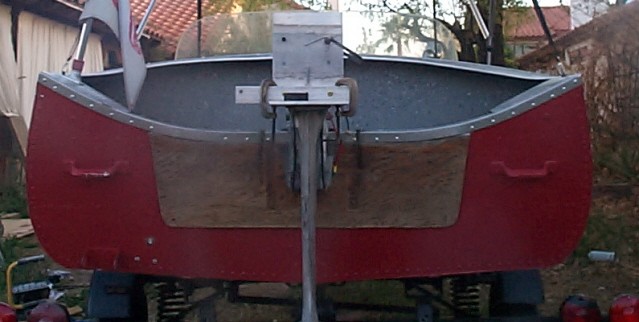

In 1967 Silver Line introduced their tri-hull and bought an entire year's production of Chryslerġ10hp motors. Lakes, put together by skilled Norwegian craftsmen." these are real Minnesota boats from the land of 10,000 Was to tell prospective customers that, ". Models built by 110 employees and sold through 227 dealers in 42 states. Two years later, production reached 2,200 boats with sales of over $3 million.

Byġ964, sales had reached $1.2 million under the watchful eyes of more than 250 stockholders. Sales more than doubled in 1961, reaching $348,900. The combined efforts of John Buckman, the Greater Moorhead Development Corporation, and Because of the cash-strapped status of the company, he agreed to be paid in company stock Stordahl joined Moorhead Plastics as Business Manager in lateġ960. He helped bring in an additional $50,000 from the stockholders and His first task was to smooth things over with the suppliers and convince local banks that it “We need somebody we know with business experience to get us the real picture.” StordahlĪgreed. “They came to me and said, ‘We need help over there at Silver Line.’” Stordahl later recalled. Stockholders and told of their concerns over the new boat company. Was contacted by members of the Greater Moorhead Development Corporation and other Stordahl had since sold his construction business and was working in real estate when he

He was even one of the initial investors in Moorhead Stordahl was well known in the community, having been co-owner of a successful MoorheadĬonstruction company since the late 1940s. It was then that a group of investors and concerned businessmen paid a visit to Ray Stordahl. Without additional investment from the businessĬommunity and banks, Moorhead Plastics would have to go into bankruptcy. Nearly all of the initial investment capital was gone,Īnd some suppliers were not getting paid. No one really knew John Buckman, and the newĬompany was into them for a lot of money. First year salesīy late 1960, investors were getting worried. Buckman expected to sellġ,000 boats that first year, with an income goal of $400,000. The Moorhead factory officially opened and real production began.
#Tri hull runabout 1960 free
Silver Line sold for $1,395 while the 14-foot Free Way went for just $300. “Free Way” line, while the sporty runabouts were called “Silver Line.” A top-of-the-line, 17-foot The simple, deck-less fishing boats were named the From September, 1959 through February,ġ960, while the factory buildings were under construction at the new Moorhead Industial Park, Buckman and a small crew built the first plugs and molds and finished the first 50 boats in a temporary building in Hawley, Minnesota, 25 miles to the east.

Moorhead Plastics was incorporated in August of 1959. Of the members of the Development Corporation were also among the early investors. The Greater Moorhead Development CorporationĬontacted potential investors and provided land and buildings for the new factory to lease. Him that Moorhead was the perfect location. When they caught wind of John Buckman’s plans of a boat building company, they convinced The organization was founded in January of 1958 to attract business and light industry, and the jobs they created, to Moorhead, Minnesota. By 1959, he was looking for a locationĮnter the Greater Moorhead Development Corporation. Getting the idea to start his own boat building business. He began with Larson in theĮarly 1950s and moved to Inland Marine as manager of the private label products division before John Buckman had an eight-year history in the boating business. Moorhead Plastics and Silver Line boats could become a reality. U n o f f i c i a l, u n a u t h o r i z e d,Ĭlick on photos to see the larger versionĪs is often the case in matters of fate, three essential elements had to come together before The unofficial, unauthorized, classic Silver Line boats website t h e


 0 kommentar(er)
0 kommentar(er)
